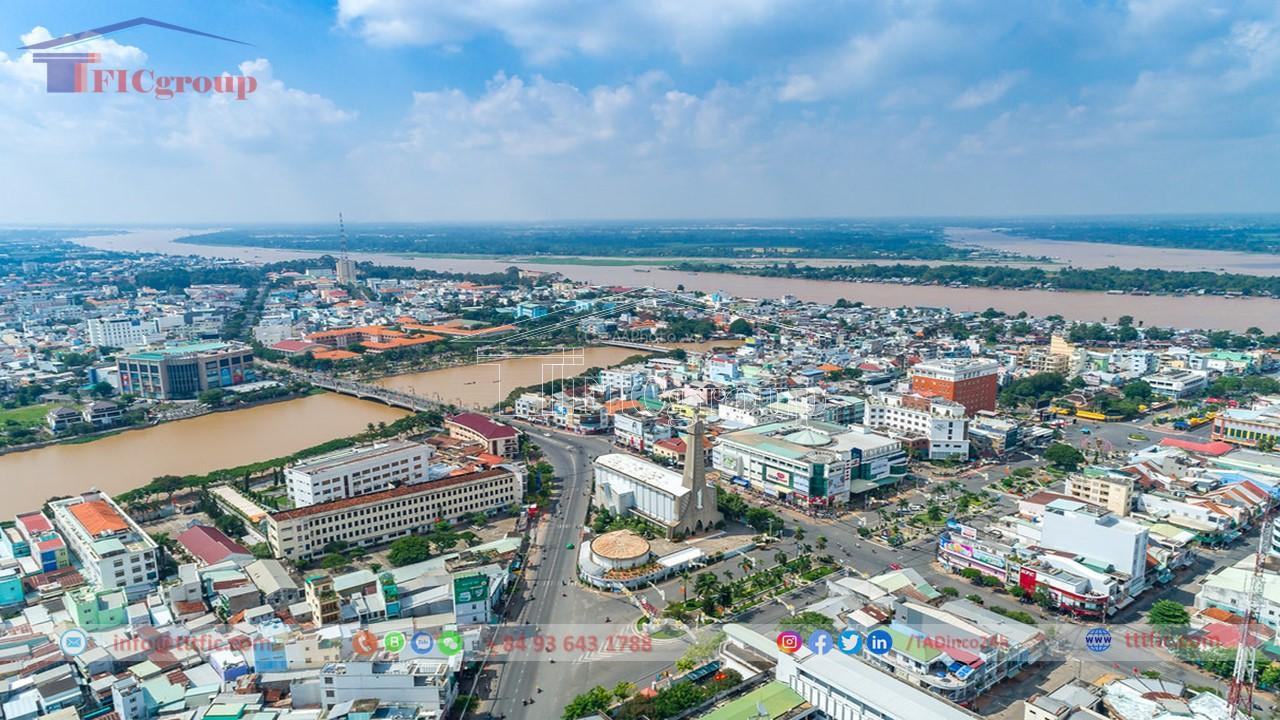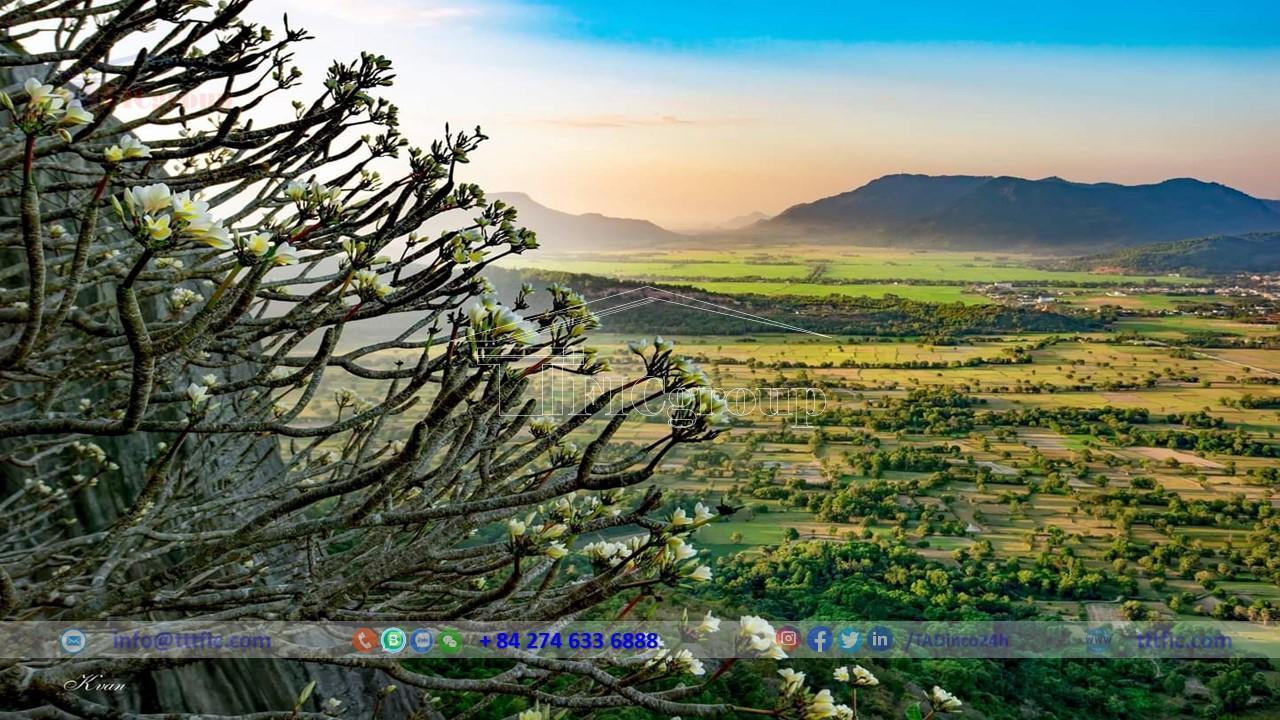An Giang Province is a province in the Mekong Delta region, located in the southwest of Vietnam. The province has a total area of about 3,536.82 km² and an estimated population of nearly 2.2 million (according to the 2019 census). An Giang borders Cambodia to the North and West, Kien Giang Province to the West, Dong Thap Province to the East and Can Tho Province to the South. Long Xuyen city is capital of the province.
Geography – Climate of An Giang province:
An Giang province is located in the Mekong Delta, with the topography of mainly river deltas, swamps and mountains. There are two main mountain ranges: That Son and Forbidden Mountains. Hau River and Tien River are the two main rivers flowing through this province, providing water sources for agricultural development.
The climate in An Giang province is characterized by a tropical monsoon climate, featuring two prominent seasons: the dry season spans from December to April, while the rainy season occurs from May to November. The annual average temperature is about 27°C. average rainfall is from 1,500 to 2,000 mm/year.
Socio-economic:
The economy of An Giang province is based on agriculture, industry and services. Agriculture mainly focuses on rice production, aquaculture (pangasius, basa fish, shrimp) and industrial crops such as rubber and fruit trees.
Industry develops in industries such as seafood processing, rice processing, textiles and mechanics. In addition, An Giang also promotes the development of the service industry, especially tourism, with many famous destinations such as Ong Pagoda, Cai Rang Floating Market, King Bao Dai temple and That Son cultural relic system.
An Giang province’s Population:
The population of An Giang province is estimated at nearly 2.2 million people, mainly Kinh people make up the majority. However, the province also has a diversity of ethnic minorities such as Khmer, Hoa and Cham. These ethnic groups have distinct cultures, beliefs and practices, creating a richness in local culture.
The main language spoken is Vietnamese, but there are also speakers of Khmer, Chinese and Cham in the minority community.
Regarding education, An Giang province invests heavily in the education system from preschool to university, along with vocational training institutions, contributing to improving the quality of human resources for socio-economic development.
Specialties and culture:
An Giang is famous for its unique culinary specialties such as Chau Doc fish noodles, Long Xuyen pancakes, Tan Chau shrimp cakes and Thai fish sauce. In addition, the province also has many traditional festivals such as Dolta festival of Khmer people, Ok Om Bok festival of Khmer people, traditional boat racing festival.
An Giang is a convergence of ethnic groups with rich cultures, from architecture to art, beliefs and customs. Typical are Buddhist temples, Ho Chi Minh temple, traditional craft villages such as bronze casting village, silk weaving village and picture embroidery village.
An Giang province ‘s Tourism:
An Giang has many famous tourist attractions such as Sam Mountain, Cam Mountain, Ong Pagoda, Buu Son Pagoda, Cai Rang floating market, Tay An ancient village, That Son cultural relic. Ecotourism and cultural tourism are the two main types of tourism in An Giang province, attracting millions of domestic and foreign tourists every year.


